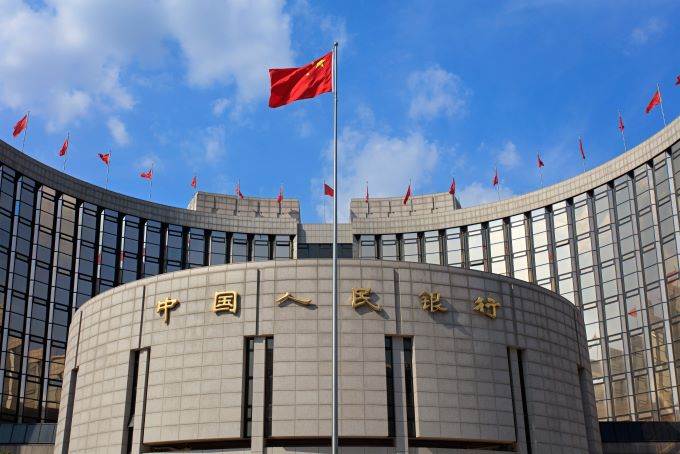China's factory output increased in May, for the second month in a row, showing the improving situation of the Chinese economy, though not complying with the analysts' expectations.
According to the National Bureau of Statistics, Industrial Output increased 4.4 percent in May, the highest reading since December last year, and a significant improvement from April's figure. The data was below the analysts' expectations, as they expected a 5 percent increase.
“Industrial production is on the whole getting better, but there are still quite a few difficulties and uncertainties,” stated an official from the National Bureau of Statistics.
Retail sales didn't follow this trend and diminished 2.8 percent in May, though it is a milder fall than April's, which stood at 7.5 percent.
 The figure was above the analysts' expectations, who foresaw a 2 percent contraction. Fixed asset investment fell 6.3 percent on the January-May period, above the analysts' expectations who predicted a 5.9 percent contraction, Private sector fixed-asset investment contracted 9.6 percent on January-May.
The figure was above the analysts' expectations, who foresaw a 2 percent contraction. Fixed asset investment fell 6.3 percent on the January-May period, above the analysts' expectations who predicted a 5.9 percent contraction, Private sector fixed-asset investment contracted 9.6 percent on January-May.
This data confirms that the heavily expected recovery will take more than expected, an idea that was introduced last week by the Federal Reserve chairman, Jerome Powell.
Crude Oil output rose 8.2 percent (year-to-year) in May, showing the recovery of the Chinese crude industry. The country produced 57.9 million tonnes of crude oil in May, an increase that was mostly pushed by China's independent refineries production. Natural Gas production increased to 15.9 billion cubic meters last month, an increase of 12.7 percent from last year.
“The strong growth in May is bolstered by the normalization of the Chinese economy and low oil prices,” commented an analyst at SIA Energy.
China’s National Health Commission recently reported an increase of coronavirus cases in Mainland China. Beijing is now seeing a dramatic increase of infections for the second day in a row, which stokes the fears for a second wave of the epidemic. At the moment, there are 83,181 infected individuals in China as well as a death toll of 4,634.
This situation has pushed the Chinese authorities to upgrade the status of some neighborhoods in the west and southwest of Beijing to medium-risk, while some closer to the Xinfadi markets were deemed as high-risk.
This information only adds to the fears for a second wave of the COVID-19 epidemic, which has been dominating the markets as of late. Moreover, this put bearish pressure over the New Zealand Dollar and the Australian Dollar, two famous proxies for Chinese growth. By 5:43 GMT, the New Zealand Dollar fell 0.78 percent against the greenback, falling to the 0.6395 level. Conversely, the Australian Dollar fell 0.96 percent against the US dollar, falling to the 0.6796 level.
Oil markets are struggling as well. Yesterday, the West Texas Intermediate crude oil futures fell 1.90 percent, followed by the Brent oil futures which contracted 1.37 percent. By 6:16 GMT Brent oil Futures fell by 3.36 percent, falling to the 37.43 level, followed by the WTI crude oil futures which fell 4.69 percent, at 34.56.
